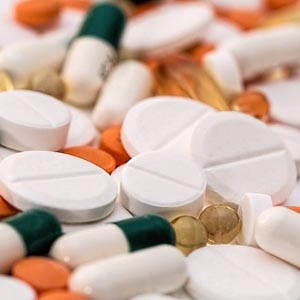From unknown poisoning to carbamazepine poisoning

Accepted: 16 May 2023
All claims expressed in this article are solely those of the authors and do not necessarily represent those of their affiliated organizations, or those of the publisher, the editors and the reviewers. Any product that may be evaluated in this article or claim that may be made by its manufacturer is not guaranteed or endorsed by the publisher.
Authors
In the 2020 annual report of the American Association of Poison Control Centers, 2562 toxic exposures to carbamazepine have been reported, 908 resulted in hospitalization, and among these about 5-6% were life-threatening or resulted in significant disability. A 15-year-old female patient was brought under suspicion of alcohol poisoning. The result of alcoholemia was 11.0mg/dL and the toxicological screening for THC, opiates, methadone, tramadol, amphetamine, MDMA, cocaine, benzodiazepines, buprenorphine was negative. At admission she was comatose (GCS=6), with metabolic acidosis, hypotension, rare short-term partial seizures, isochoric and later dilated pupils, body temperature was 36.4°C, with oxygen saturation from 89 up to 93%. Toxicological analysis were immediately extended. After three hours of admission, a result was obtained where the plasma concentration for carbamazepine was 167mmol/L. The patient was quickly prepared for hemodialysis which was performed for four hours. After 8 hours of admission the patient woke up with stable vital parameters.
How to Cite

This work is licensed under a Creative Commons Attribution-NonCommercial 4.0 International License.
PAGEPress has chosen to apply the Creative Commons Attribution NonCommercial 4.0 International License (CC BY-NC 4.0) to all manuscripts to be published.

 https://doi.org/10.4081/ecj.2023.11270
https://doi.org/10.4081/ecj.2023.11270








